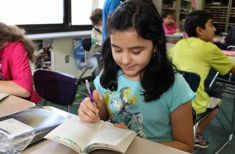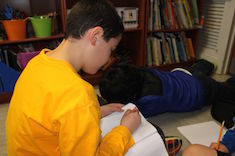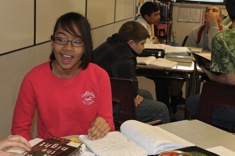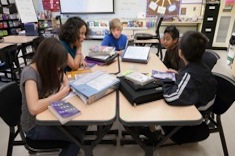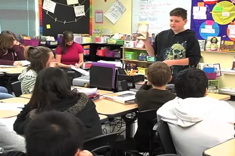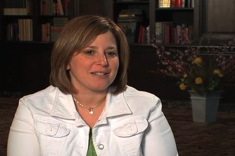The 5th Wave, The Crossover, anything by John Green, The Enemy series. These are the types of books that my students get excited about, the books that I see in the hands of eager readers coming in and out of my classroom, the books that I cannot even keep on the shelves (and in multiple copies, for that matter).
I have to admit, I am reading the same books they are, and even I just can’t get enough. Is there something wrong with this? Of course not—my students are reading, they are engaged, and they are devouring their books—but what about the other genres out there? I find that when given the choice, students tend to gravitate toward one variety of fiction or another. Be it dystopian, realistic, or fantasy, this is what they crave. I found myself wondering why exactly that was. Was this all I had on my shelves? No. Did they not enjoy other genres? Didn’t seem to be the case. Then what was it that kept them from tackling a wider variety of texts?
Let’s sample
I decided to try mixing up our Friday share-outs with a different format once a month. Instead of sharing books we are loving, we participate in what I call book sampling. I check out a plethora of books in a specific genre or subtopic and display piles of them on each table in my classroom. This month we focused on nonfiction books; next month, it’ll be biographies and autobiographies to pair with our informational-text focus. Later on I may use graphic novels or novels in verse, focusing my choices around what I don’t see my readers choosing very often. Similar to speed dating with books, students get up, find a new seat, choose a book, and then get three minutes with that selection. They preview the text: looking at front and back covers, reading a sleeve, flipping for text features, or even reading a few of the pages. Students then fill out this graphic organizer in their reader’s notebooks to keep a record of what they saw.
BOOK SAMPLER
| Title | Specific genre
(ex: fantasy, graphic novel, etc.) |
Comments | Readers might like this book if they enjoy . . . |
|
|
|||
|
|
Comment Section (sentence starters):
“I wonder . . .”
“I want to keep reading because . . .”
“I don’t feel drawn to this book because . . .”
“This reminds me of . . .”
“I want to know more about . . .”
We reenact this process several times and then head back to our seats to reflect. Based on interest, students add books that look appealing to them to their “to read” lists.
They don’t know what they don’t know
I have found that since beginning this monthly experiment, my readers are making much more diverse choices in the books they are reading. Why do I think this is? It became very apparent to me in the first month that students don’t know what they don’t know. If Johnny has never picked up a graphic novel before, how would he know they exist? If Crissie didn’t know that they made nonfiction books about her all-time-favorite boy band, how would she know they were available to her to read?
The bottom line for me was that the wider the variety of texts I exposed my readers to, the more they were reading, and their experiences as readers flourished. The book sampling has seemed to refresh our classroom reading habits and unlock worlds of literature that many students didn’t know existed. Of course we are all still on the edge of our seats waiting for the next hot dystopian novel (or whatever else John Green has to offer), but we have found excitement and piqued interest in exploring other fascinating worlds too.

